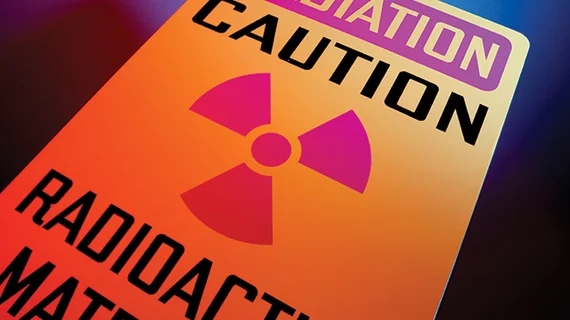ANSTO nuclear med facility halts production after 2 workers exposed to dangerous radiation dose
The Australian Nuclear Science and Technology Organization (ANSTO)’s new $168 million nuclear medicine facility halted all production after two employees were exposed to an unsafe dose of radiation on Friday, June 21, according to a statement from the organization.
Three workers were “attended to by radiation protection personnel,” according to ANSTO, after contamination was found on the outside of a container which held 42 milliliters of molybdenum-99 (Mo-99).
Two of those employees were exposed to a radiation dose “above the statutory limit.” Early reports suggest that dose was equivalent to a conventional cancer radiation therapy treatment, according to the statement.
“Ansto has launched an urgent investigation after three employees were involved in a safety incident at our brand new nuclear medicine facility,” according to a report by the Guardian. “An investigation commenced on Friday, and both the nuclear regulator, Arpansa, and Comcare have been informed. An estimate of the radiation dose will be confirmed in coming weeks.”
The facility, which was cleared to begin full production of Mo-99 two weeks ago, is located south of Sydney in Lucas Heights.
This is the second incident at the facility in the past few months, the Guardian reported. In March, three staff members at the plant were hospitalized after a pipe malfunctioned exposing them to sodium hydroxide.

